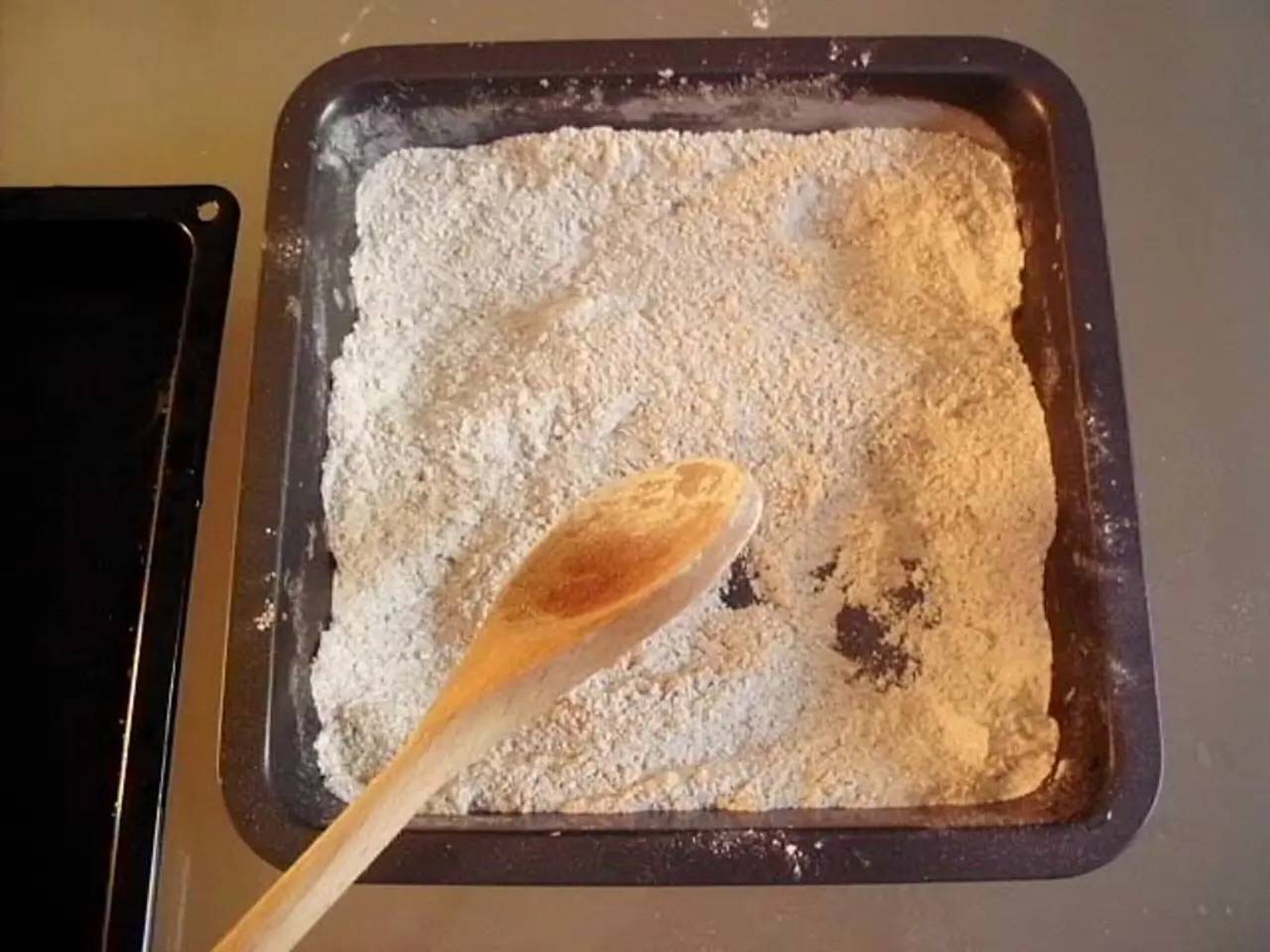Unveiling the Secret Formula for Ideal Soil Composition for Planting Perfection
In the realm of indoor and outdoor container gardening, potting soil plays a crucial role in providing plants with a healthy growing environment. Unlike garden soil, which is best suited for large outdoor gardens, potting soil is specifically engineered for container gardening and is ideal for indoor plants, balcony gardens, or any setting where natural ground soil is not accessible.
Making your own potting soil can save money, allow for customization to the specific needs of plants, and provide a rewarding and cost-effective way to provide plants with a healthy growing environment. By adjusting proportions slightly, you can tailor potting soil to specific plant needs, ensuring good drainage, aeration, and nutrient content.
A balanced potting soil mix typically includes compost, topsoil or garden soil, peat moss or its alternative, coconut coir, and perlite or pumice. Compost adds nutrients and beneficial microbes, while peat moss or coconut coir retains moisture and improves texture. Perlite or pumice, lightweight aggregates, prevent soil compaction, improving aeration and drainage.
For succulents, which require soil that drains very quickly to avoid root rot, a good homemade succulent potting soil recipe uses a simple 3:2:1 ratio: 3 parts potting mix (preferably peat-free or low peat, light and airy), 2 parts coarse sand (improves drainage and adds grit), and 1 part perlite or pumice (prevents compaction, increases airflow).
For cannabis cultivation, a nutrient-rich, well-draining soil can be achieved with a ratio of 30% perlite, 7% compost, 3% topsoil, and sphagnum peat moss or coconut coir. This recipe suits cannabis but also works well for many other plants, indoors or outdoors.
In addition to these standard recipes, other tips for homemade potting mixes include using compost to add nutrients and moisture retention, sand to improve drainage (horticultural or washed builder’s sand, not fine play sand), and perlite and pumice to prevent soil compaction. Mixing ingredients thoroughly while dry ensures uniform texture. Seed-starting mixes often emphasize lightness and drainage and may omit heavy nutrients because seeds contain their own initial food reserves.
Potting soil needs to be replaced or replenished every one to two years due to compacting and loss of nutrient content, which can hinder plant growth. Refreshing the potting soil or adding compost or slow-release fertiliser can help maintain a healthy growing environment.
Whether you're a seasoned gardener or a beginner, making your own potting soil is a cost-effective and rewarding way to create a premium growing environment for your plants. With a few simple ingredients and the right ratios, you can nurture your plants to thrive in their containers.
- Making your own potting soil can help tailor the environment for indoor plants, providing a cost-effective way to ensure good drainage, aeration, and nutrient content specifically suited for their needs.
- For cannabis cultivation or other plants that require a nutrient-rich, well-draining soil, a homemade mix can be achieved with a ratio of 30% perlite, 7% compost, 3% topsoil, and either sphagnum peat moss or coconut coir, offering a customized growing solution for various settings.




